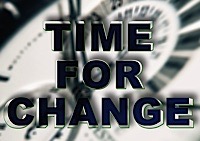
Welcome to a special edition of Innovation DAILY! This is the first time we have ever dedicated an edition to one subject. In this issue, we celebrate the launch of an important new book on “innovation ecosystems” by dedicating an entire issue to the subject.
I have known and worked with Victor Hwang and Greg Horowitt for over a decade, and I consider them close friends and colleagues. Their new book—The Rainforest—is a powerful work that grapples with some of the most important issues of our day. Why do some regions thrive with innovation, while others do not? What levers can leaders pull to generate more technology-based economic growth? The answer, they propose, is that innovation ecosystems are like biological systems. Only by understanding human nature can we foster certain types of cultural behavior that unlock human potential. They call this model the “Rainforest.” To construct their argument, they draw from a wide range of disciplines, including neuroscience, psychology, sociology, design thinking, legal theory, anthropology, and even quantum physics. Most importantly, the book offers practical tools for people to foster the growth of Rainforests. Victor and Greg have offered us a preview of their book, which will be published officially on February 21.
In addition, we are featuring select articles from the Innovation DAILY archive that deal with the issue of “innovation ecosystems.” It is an exciting time to be engaged in this work, and the field is starting to blossom. With all the tools at our disposal, I believe our society has the ability to solve some of the deepest challenges of our time. Working together to solve these problems means being part of an innovation ecosystem, not doing it alone. I now realize that Innovation DAILY has been nurturing the growth of its own vibrant Rainforest for years.
Sincerely,
Rich Bendis




















